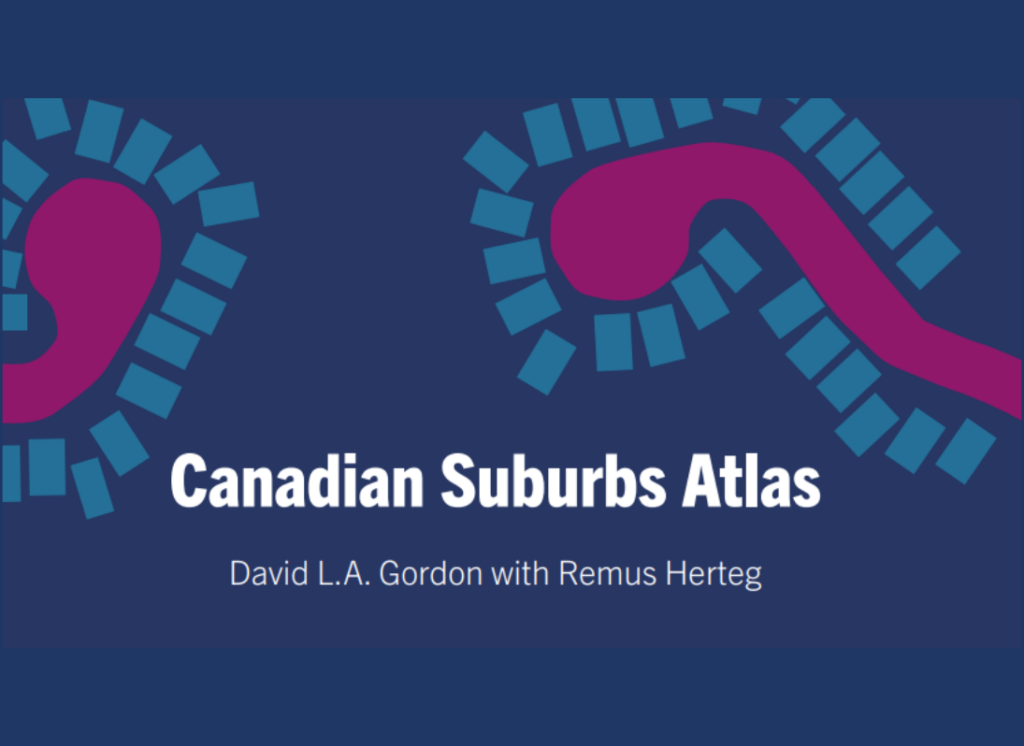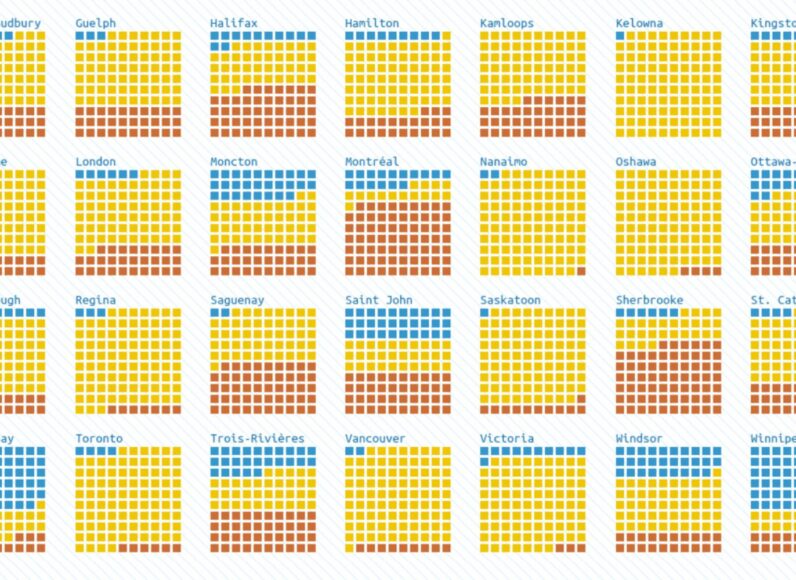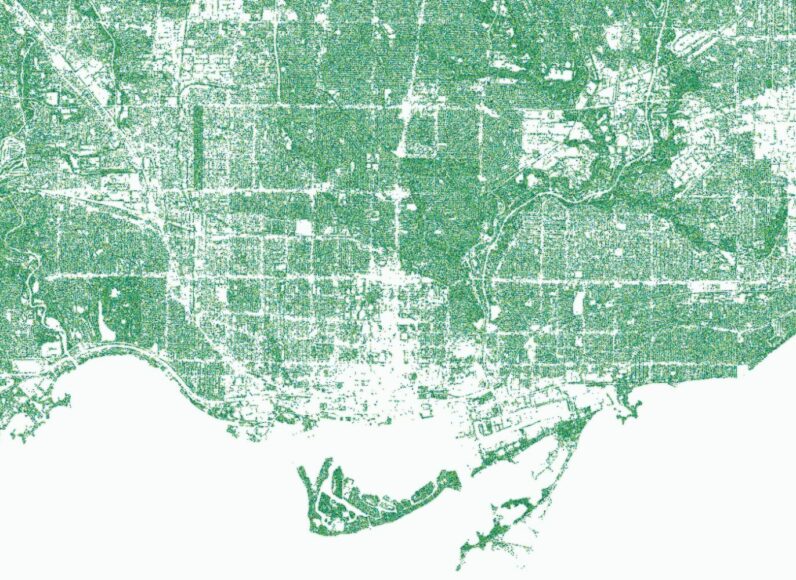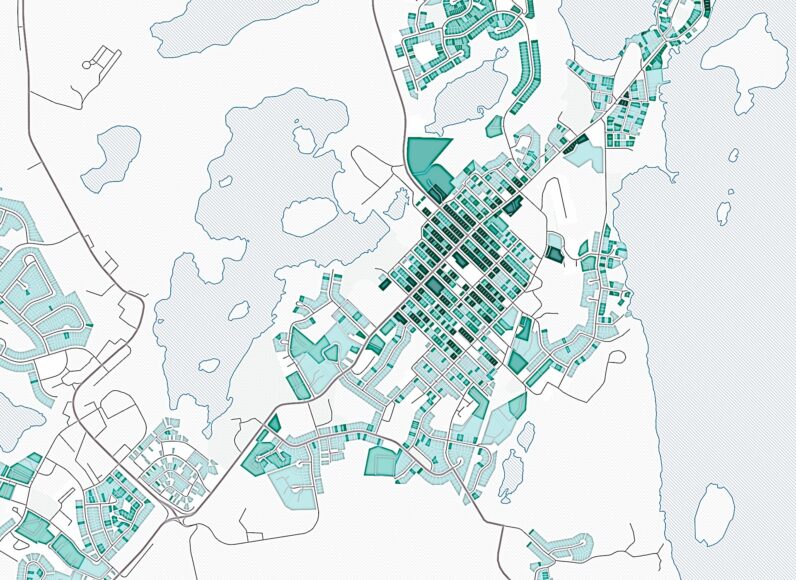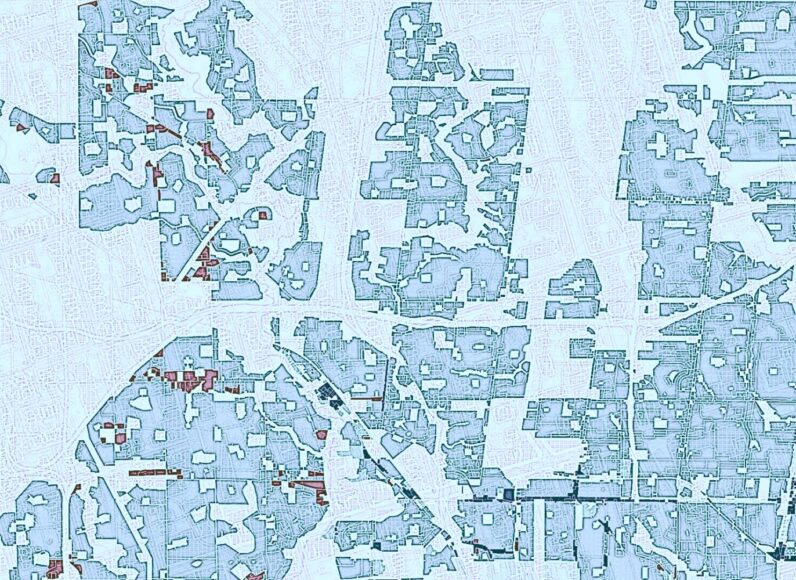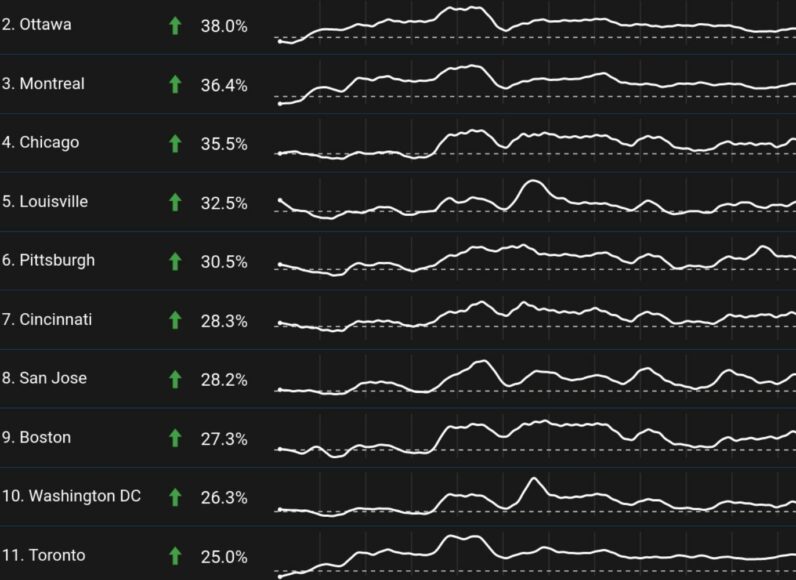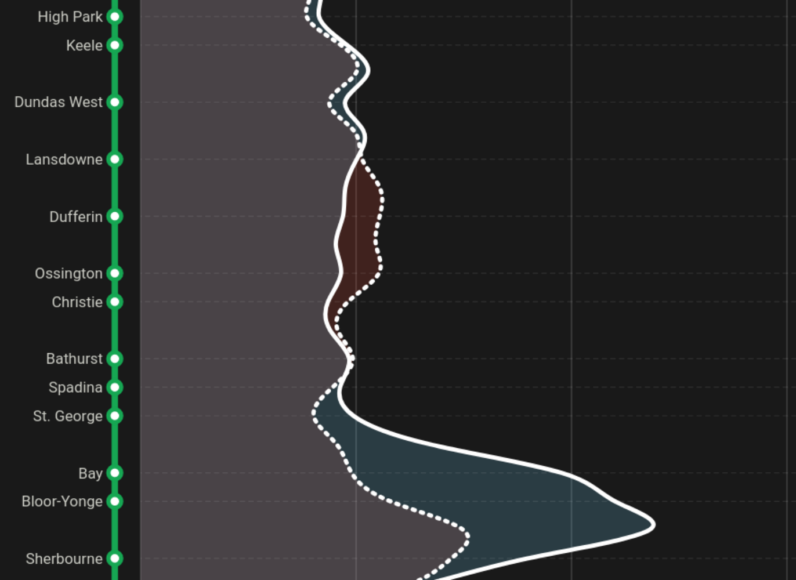Visiting Professor David Gordon releases the 4th edition of the Canadian Suburbs Atlas, updated with 2021 census data
During his time as a Visiting Professor at the School of Cities in 2023, David Gordon, Professor in the School of Urban and Regional Planning, Department of Geography and Planning, Queen’s University, worked with students at U of T and Metropolitan University to update the Canadian Suburbs Atlas with the recently-released Canadian census data.
From the executive summary:
Canada is a suburban nation. More than two-thirds of our country’s total population lives in suburbs. In all our largest metropolitan areas, the portion of suburban residents is over 80%. Their downtowns may be full of new condominium apartment towers, but there is four times as much population growth on the suburban edges of the regions.
The research for the 2006-2016 period estimated that 67.5% of all Canadians lived in
some form of suburb. This proportion declined slightly — to 66% — by 2021. Although over 1.1million more people live in new automobile suburbs, the proportion of the Canadian population that lives in suburbs declined slightly due to the strong increase in construction of new apartment buildings housing over 220,000 people in the active core neighbourhoods in this period.
This was the first decline in the proportion of the suburban population observed in the past 15 years of analysis. Whether this was the beginning of a new trend, or merely anomalous effects of the pandemic will only be clear after the 2026 census.
The population who lived active core neighbourhoods and transit suburbs grew by 6% and 3%, which were below the national average population growth of 7%. The auto suburbs and the exurban areas grew by 7% and 15%, matching and exceeding the national average. Only 18% of the population growth was in more sustainable active
cores and transit suburbs.
The national pattern is similar regarding construction of new dwelling units, though not as extreme. This is because new apartment units in the active cores have about 40% fewer occupants than houses in auto suburbs. Even if dwelling units are our growth measure, 75% of new dwelling unit growth from 2016-2021 occurred in the less sustainable auto suburbs and exurbs.
Many people over-estimate the importance of the highly visible downtown cores and underestimate the vast growth happening in the suburban edges of our metropolitan regions. The population in low-density auto suburbs and exurbs is still growing four times faster than inner-cities and inner-suburbs across Canada. Despite their inner-city condo booms, even the Toronto and Vancouver metropolitan areas saw 3.4 and 2.4 times as much population growth in auto suburbs and exurbs compared to active cores and transit suburbs.



